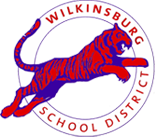1st Grade
First grade at Kelly Primary is designed to help students grow as readers, writers, mathematicians, scientists, and responsible learners. Our goal is to support students as they become more independent, cooperative, and confident while building strong academic, social, and emotional skills.
Curriculum Focus Areas
Skills Your Child Will Develop


